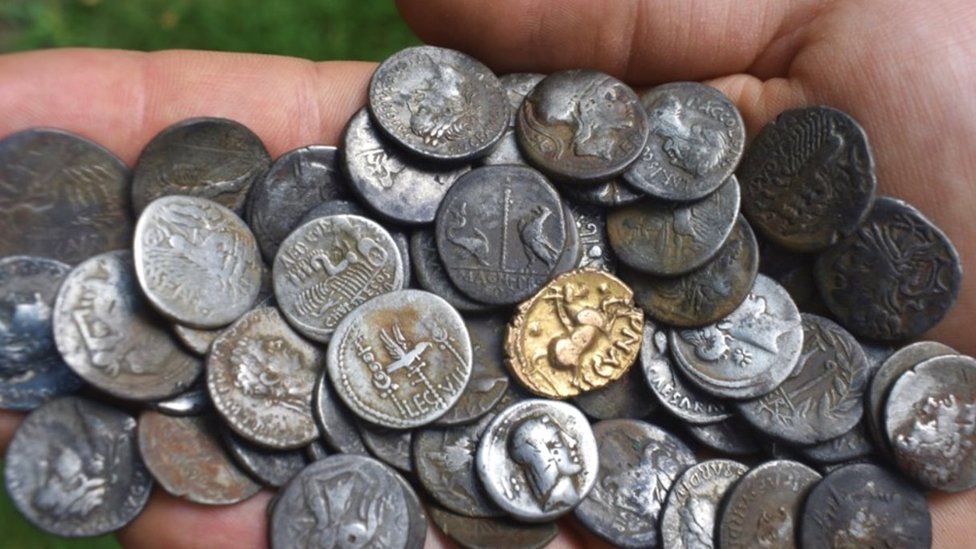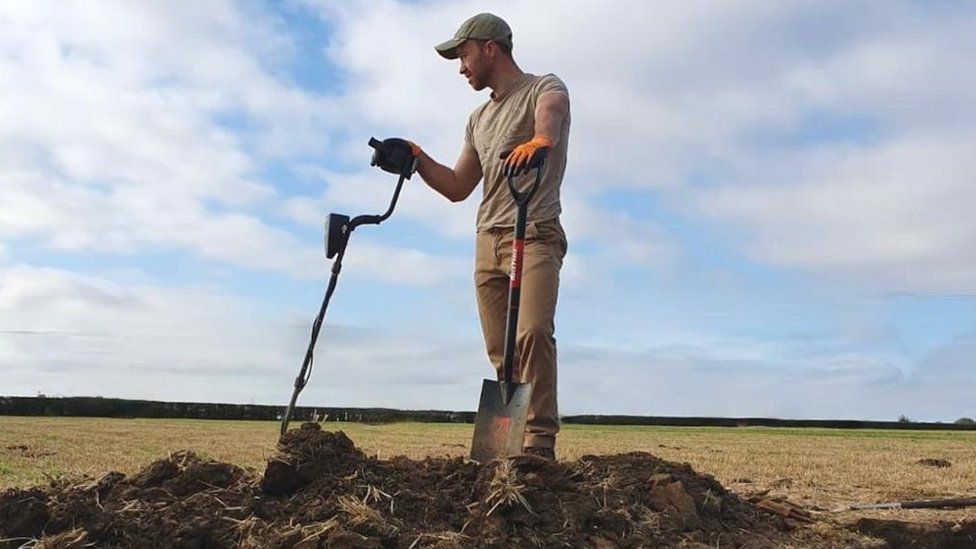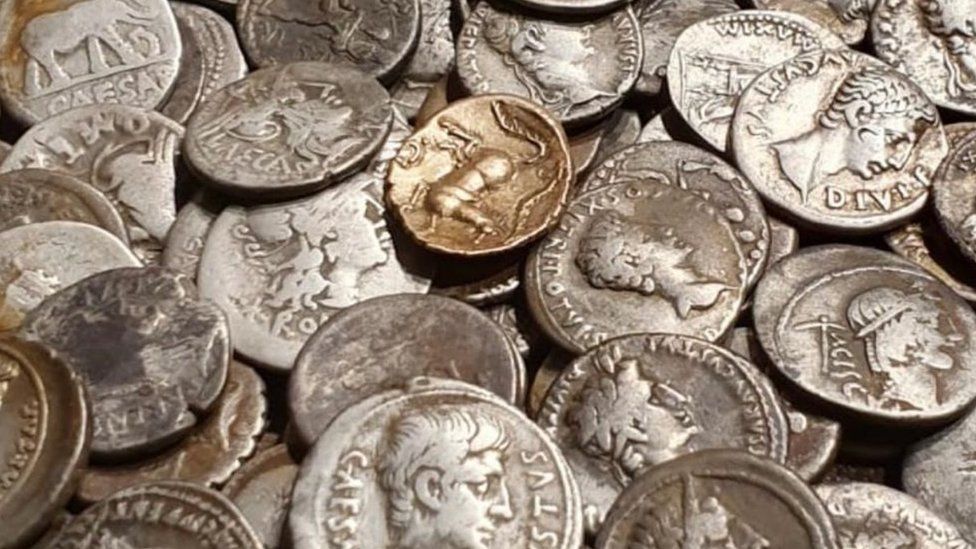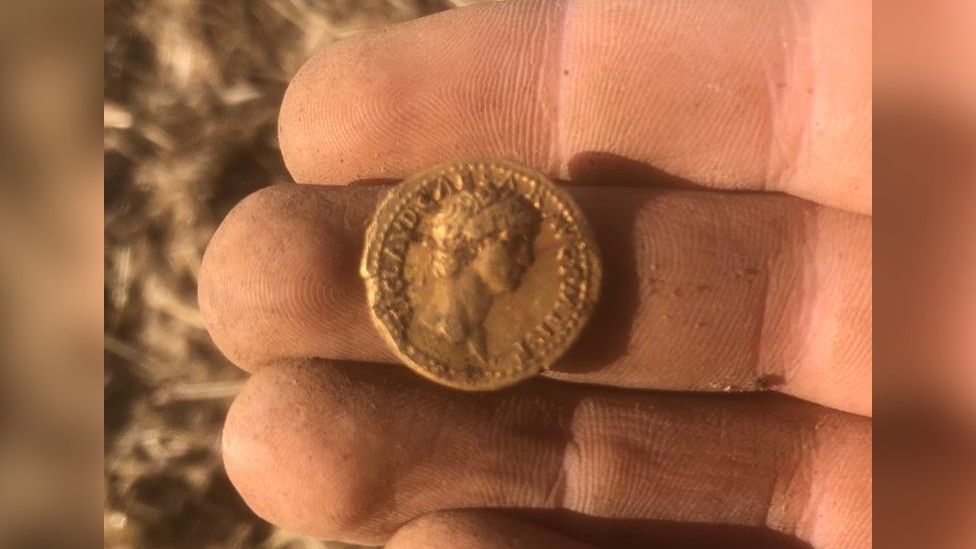Published: Monday, May 14, 2007 NEW YORK - On a sultry spring day in Manhattan, the contrarians -- bears and goldbugs -- are in on the prowl.
The 100 or so bankers, money managers and investors gathered at the Union League Club in New York City last week to hear how today's highly leveraged, derivatives-entangled global financial system is about to come crashing down about their ears. Organized by the Committee for Monetary Research & Education, a nonprofit organization dedicated to educating the public about markets and "sound money," the evening would not be for the faint of heart.
The theme: "A time of Financial Fragility and Latent Instability."
Some may write off such a collection of downbeats as the financial equivalent of a loopy off-the-grid movement, preparing to work the land and create their own power when the oil runs out.
Many in the dark-panelled dining room see financial Armageddon around every corner. Many believe the financial system started on the road to ruin when the world went off the gold standard once and for all in 1970s, switched to fiat-based currencies and started to inflate its way out of its problems.
They believe escalating debt will cause the U.S. dollar to crash and they probably keep gold bars under their beds. Heck, some, such as Chris Powell of the Gold Anti-Trust Action Committee, believe central banks have been actively colluding to keep the gold price down.
And yet with every tick higher in global stock markets, with every newfangled CDO, CDS or ABS that offloads risk ever further, their warnings about the folly of spiralling debt, paper money and inflation provide a sobering view.
They are certainly well-educated and experienced money men. At the risk of spoiling a perfectly good party, here's what they have to say, beginning with the official historian for the Bank of England, Forrest Capie.
FORREST CAPIE
Official historian of the Bank of England, speaking in his own capacity
Mr. Capie is currently on secondment from the bank, writing the next installment of its commissioned history. History has shown that when asset-backed money is abandoned for fiat-based money, inflation invariably follows, he says.
For close to two centuries and until the 19th century, gold was the basis of the world monetary system.
"The gold standard in its classical form provided price stability and allowed the economy to do what it could with uncertainty reduced to a minimum," Mr. Capie says.
By the 20th century, as the world abandoned the gold standard, inflation reared its ugly head. In the 1920s there were five cases of hyperinflation: Russia, Hungary, Austria, Poland, and in Germany prices rose a billion-fold across 1923-24. In the 1940s, there was hyperinflation in China, Greece and Hungary.
"Stories circulate of how in some department stores in Budapest a bell would ring and that would indicate as of that moment, prices had doubled." he says. "In all these experiences, it was unbacked paper money of the kind we now have everywhere. A vast expansion of paper money preceded or accompanied all these inflations. What's also common to these inflations is there's large and growing fiscal deficits. Deficits of these kinds ultimately require monetizing."
In the second half of the 20th century, controlling the supply of money to control inflation fell out of favour. The trendy idea became wage and price controls. Inflation soared, peaking in the U.K. at 30% in the mid-1970s.
With the current targeting of inflation, price stability does seem to prevail Mr. Capie concedes.
"But it does allow considerable discretion in monetary policy ?and the use of discretion has come unstuck in the past," he says. "The great danger then is, if inflation should begin to edge up and if inflation expectations were to change, it may be difficult to contain the new inflation and take some time to alter expectations. Surely it's better at least to keep an eye on the monetary aggregates and prepare to see them as useful indicators of underlying inflationary pressures."
JAMES TURK
Founder and chairman of GoldMoney, a payment system where gold can be used as online currency, author of The Coming Collapse of the Dollar
No explanation required as to where Mr. Turk thinks the dollar is headed.
"When we talk about money, we talk about the supply of money," he says. "What we don't talk about and what in my mind is even more important is the demand for money. Currency crises start with a collapse in demand, he says. If people lose faith in the currency for whatever reasons --either they don't trust the backing or there's not enough gold backing the currency, or they don't trust the government and its policy to maintain a stable purchasing power or to keep the currency strong so it can be used as an effective means for communicating value in everyday commerce-- they move away into other alternatives."
Mr. Turk says central banks almost daily talk about diversifying away from the dollar or creating their own currency zones. In a recent interview with a Russian journalist, the journalist said even Russians, which have long coveted greenbacks, are now beginning to question the supremacy of the U.S. dollar.
Investors, too, are beginning to shun it, with none other than Warren Buffett leading the pack.
"Look, too, at the stock market," he says. "The stock market is not going up because of economic fundamentals. People would rather own a million dollars of Exxon than have a million dollars in the bank. It's also true people would own a million dollars of copper than have a million dollars sitting in the bank. All these things cumulatively are suggesting to me we are probably on the final slippery slope for the dollar. I do think the next several months are going to be very, very tumultuous."
"We're buying from China," he says. "They're lending us back the money. It's unsustainable. It cannot go on forever because we're eroding our net worth. Just like individuals can have too much debt, companies can have too much debt, nations can have too much debt."
PETER WARBURTON
'Director of Rhombus Research, author of Debt and Delusion
"You could say the central banks, particularly the Fed, have been killing us with kindness," Mr. Warburton says. "They've wanted to prevent bad things happening to us, but in the process they have made assurances and taken steps to help us misprice the risks in the system and emboldened us to take bigger risks."
As far back as the Mexican peso crisis of 1994, an asymmetrical bias began to creep into U.S. monetary policy allowing equity rises to go uncorrected but sharp falls to be cushioned, he says.
There were powerful indications the decade-long credit cycle was close to exhaustion in 2000-01 with bond yields rising back up to their late-1990s peaks.
But it was arrested in 2002 by the U.S. Fed slashing rates and making policy statements that it had numerous tools at its disposal to fend off any deflation risk.
"The opportunity was missed for the system to correct," he says.
Instead the Fed helped create an ever-expanding risk universe, with derivatives, asset-backed instruments, insurance markets, credit protection securities and catastrophe bonds all pushing out the outer front of risk.
"This all works wonderfully well," he says. The risk universe expands by 20% per annum, credit by say 10%, the economy by 6% or 7%." But it all relies upon the credit staying good."
He sees an unwinding in any number of usual ways: a natural or man-made disaster; a spill-over of inflation from asset markets into CPI which would prevent interest rate cuts; a grass roots credit tightening due to lower collection of debt, late settlements or a postponement of capital expenditures.
Eventually, you could see foreclosures, capital losses or break in the hedge fund or derivatives market, as with LTCM in 1998.
"My concern is we have already entered the latter stages of this process," he says. "The price we may yet pay for the fix in 2002 is to have an extended period of underperformance."
HENRY C.K. LIU
Visiting professor at the University of Wisconsin and Asia Times online commentator, has provided unofficial advice to several Chinese governments
"Today, the dollar is the world's prime reserve currency. While depreciating against most assets, it continues to be really overvalued in terms of gold," he says.
To give an idea of how indebted the United States is, Mr. Liu outlines what the U.S. Treasury would require if the dollar was still backed by gold.
The U.S. treasury now owns 261 million ounces of gold. At its peak in in December, 1941, it owned 650 million ounces.
As of March 12, 2007, the price of gold required to pay back the national debt was US$33,864 per ounce. The rise in the price of gold needed to keep up with the rise in U.S. national debt would be US$8.15 per ounce per day.
To back the U.S. monetary base with gold, which was about US$800-billion in February, the price of gold would have to be US$3,763 per ounce.
Unlike many at the dinner, Mr. Liu says gold does not have enough elasticity for a modern global economy.
[With that kind of debt, there may not be enough gold in the ground!]
He believes global financial markets have become completely detached from underlying economic fundamentals. "The old concerns of industrial capitalism, which is production, employment and so on have become byproducts," he says.
With trade becoming an increasingly key engine of the global economy, other aspects such as domestic development have been overlooked.
In a recent column, he said virtual money created by structured finance has reduced central bankers to the status of mere players rather than key conductors of financial markets.
As inflation picks up, the liquidity boom and asset inflation will draw to a close, leaving a hollowed out economy devoid of substance.
Mr. Liu says with financial crises seeming to occur in a regular 10-year pattern-- the October, 1987 crash, the Asian financial crisis starting in July, 1997 -- the world is due a slump.
KEVIN DUFFY
Principal of Bearing Asset Management, which runs the Bearing Fund, a long-short macro hedge fund currently long gold, short financial stocks and Japanese government bonds
"We had the late-1980s bubble in Japan, the biotechnology bubble in 1991, we had the first LBO bubble of '89, of course the technology bubble of 2000 and more recently the housing bubble," Mr. Duffy says. "As you get these asset bubbles, it takes greater and greater doses of credit just to keep the game going. In doing so, you invite more and more borrowers or you extend greater credit to existing borrowers. This is what happened recently with the subprime problem."
Mr. Duffy likes to look for contrarian indicators in popular culture. In June 2005, one month from the top in homebuilding stocks, Time ran a cover about the real estate bonanza.
Another great contrarian indicator is stadium names. In 2000, tech companies had 12 stadium names; 10 of those companies are now bankrupt. Today, 14 stadiums have bank names.
Beneath each bubble is a gargantuan credit bubble.
"What is making this credit cycle so terrifying is the amount of leverage that's being deployed, and Wall Street is applying a lot of that," he says.
Since 2001, the U.S. Federal Reserve's balance sheet has expanded US$300- billion, or 50%, the money supply has grown by 60% while the balance sheets of the top five banks on Wall Street have expanded 160%.
Money in venture capital peaked at US$90-billion in 2000. Some US$160- billion poured into private equity last year and that amount will probably double this year, he says.
The housing bubble has now been replaced by a professional speculator bubble: commercial real estate, hedge funds and private equity, Mr. Duffy says.
But he says the same exotic mortgages are starting to be found in commercial real estate.
"All indicators of a massive top," he says.
Quoting James Stack, editor of InvestTech Research, he says: "Never confuse an economic miracle with a liquidity bubble."
© National Post 2007










